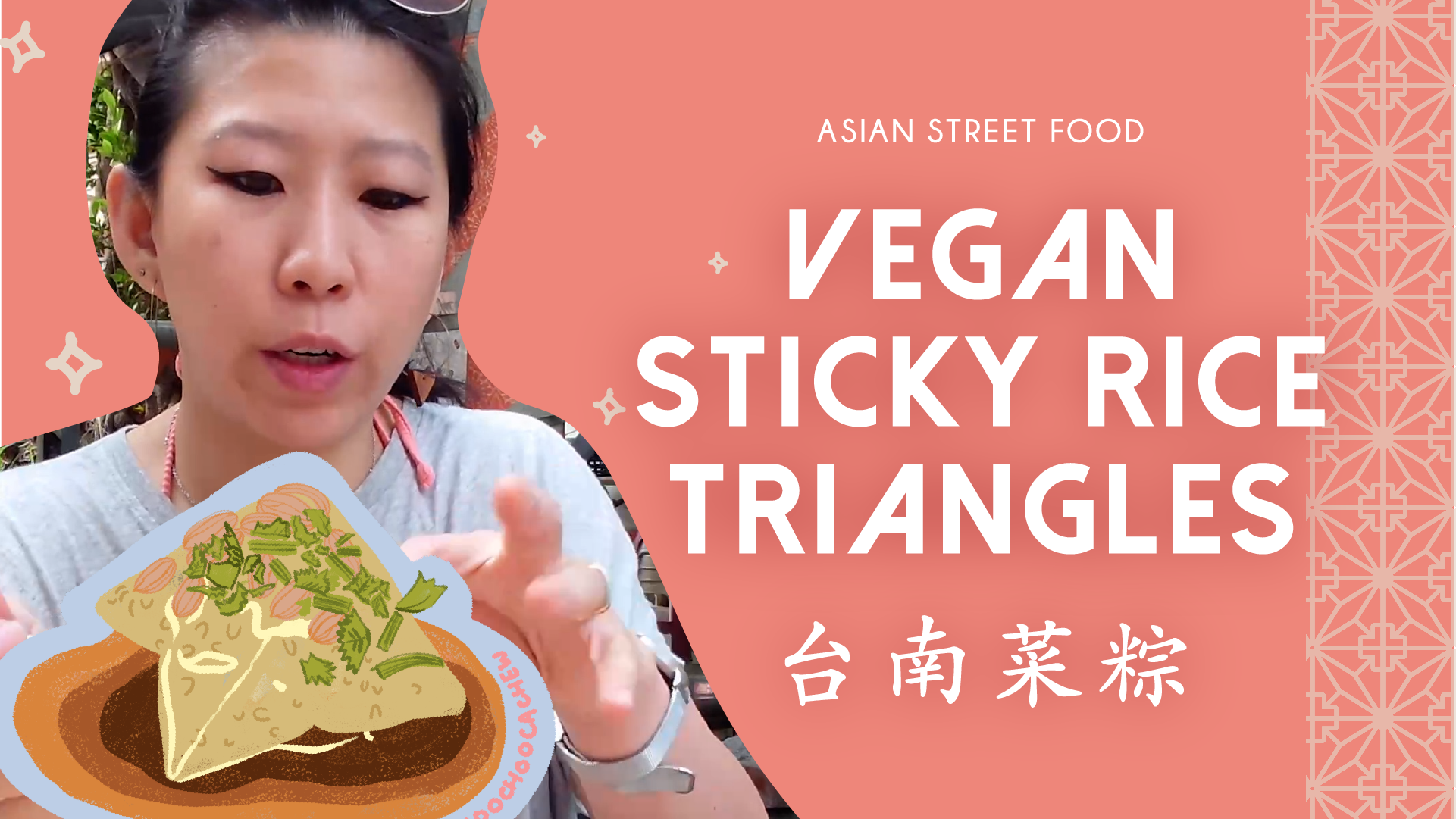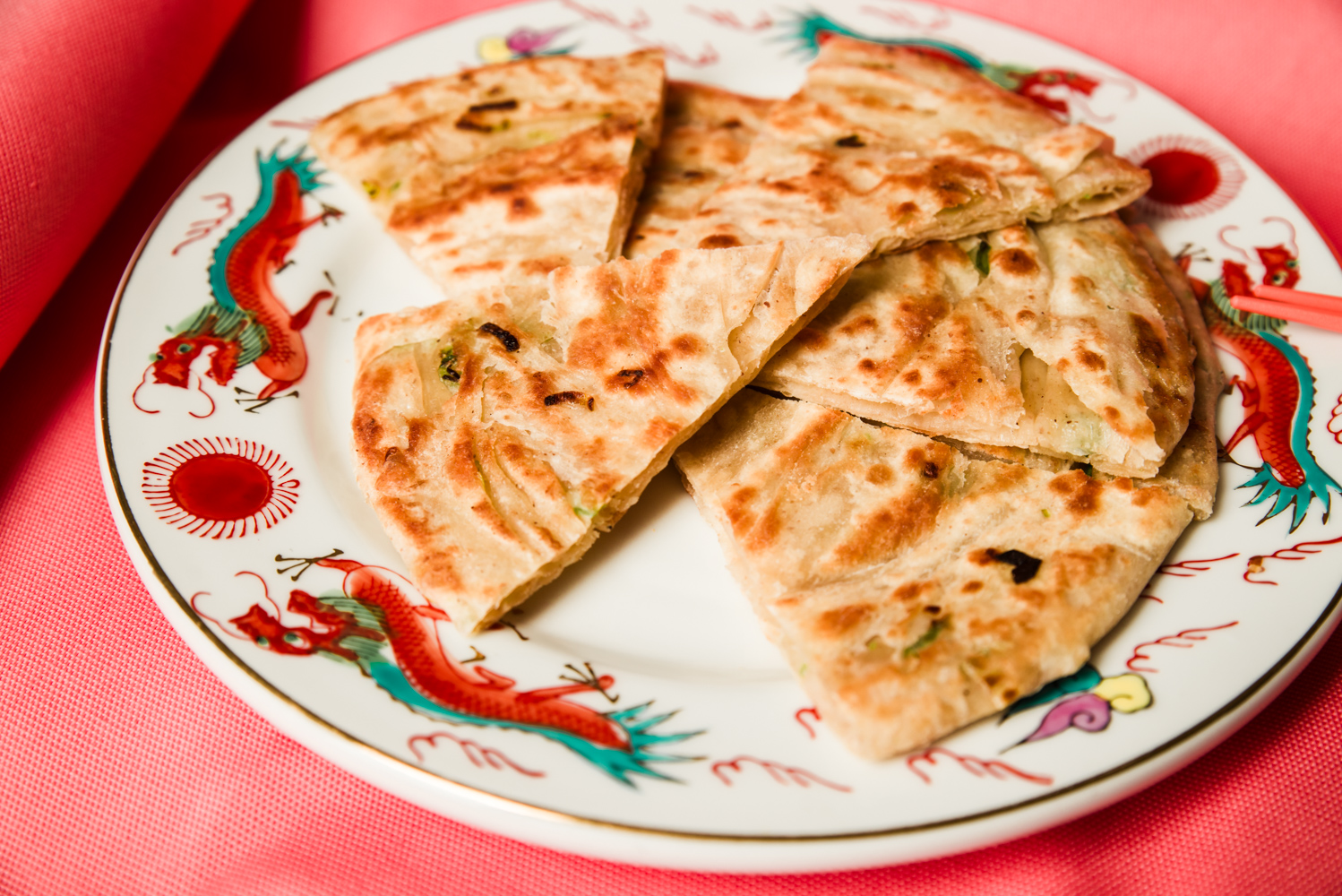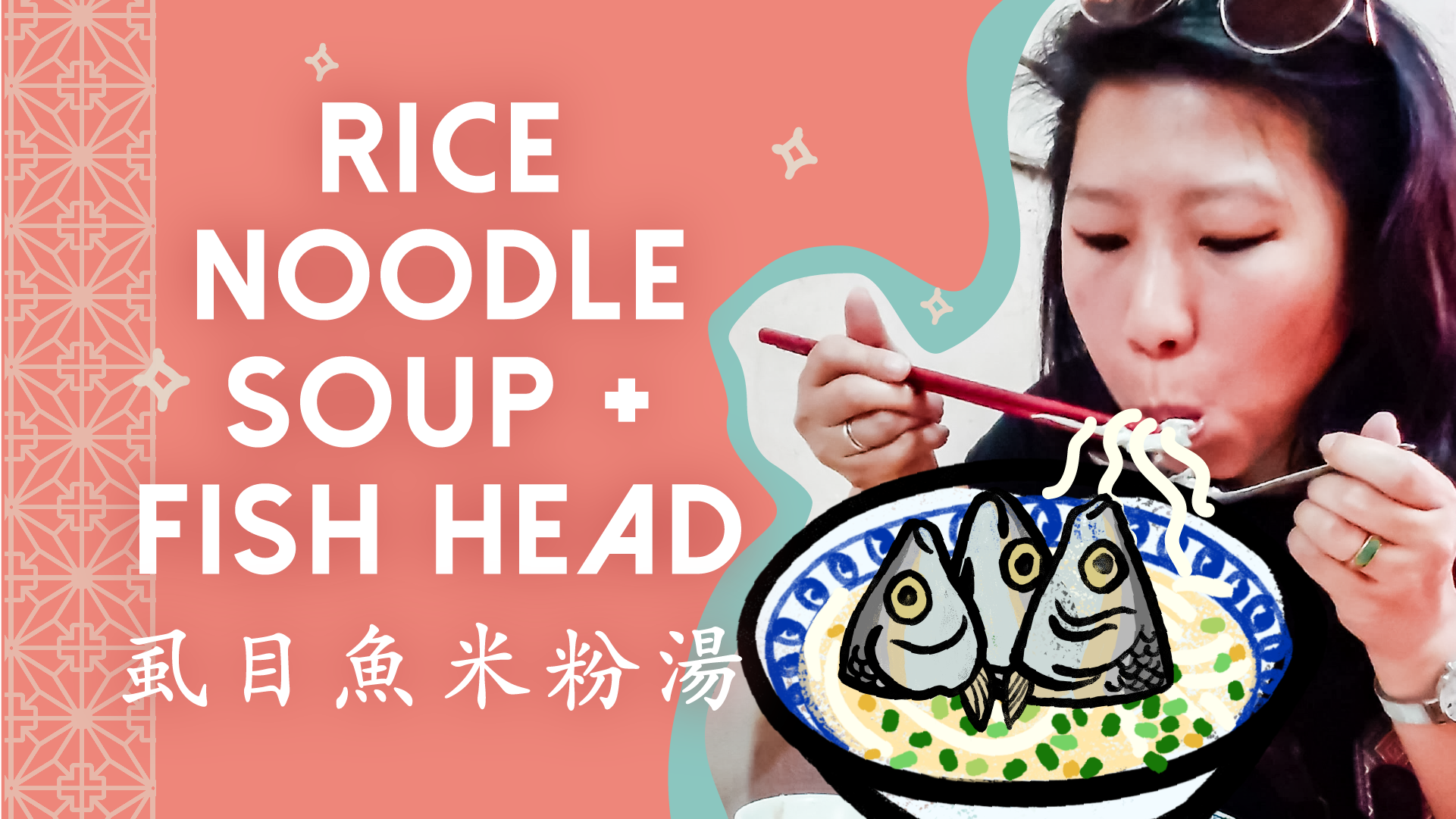Let’s start with this: Taiwanese food is NOT Thai food. Just because it sounds similar doesn’t mean they’re the same. Bubble tea, beef noodles, and guabao are a few Taiwanese dishes that has made a name for themselves around the globe. There is no one short sentence to describe Taiwanese food. It’s versatile, colorful, beautiful and influenced by the rich history and geographical location of Taiwan. Taiwanese love their food, the common greeting in Taiwan is not “How are you?” instead, “Are you full yet?” (呷飽未?) is the choice of greeting.
When it comes to Taiwanese culture, food is probably the most important part of it. This is such a long overdue article that I was probably supposed to write when I started the blog. The truth is, I couldn’t figure out how to put words into describing Taiwanese food myself.
Often frustrated by how people in the US confuse Thai food with Taiwanese food, let’s start by comparing the elements in Thai and Taiwanese cooking. Thai food is food from THAILAND, and Taiwanese food is from, duh, Taiwan. Here’s a map in case you need to figure out the geography of the two countries.

For an easier overview of Thai and Taiwanese food, I made a chart comparing the flavors and elements. Thai food is often a combination of spicy, sour, sweet and savory with hints of fish sauce, vibrant fresh herbs and uses of coconut milk. Taiwanese food is savory, heavy on garlic with uses of soy sauce and Chinese food influences. Jujube and goji berries are often used with other herbal medicines in Taiwanese cooking as well as a various variety of rice wine.

I found this video a while back and loved it. Their team did exactly what I wanted to do- searching for the roots of Taiwanese food. It is a perfect introduction and a documentary on Taiwan’s food culture. Turn on captions, and then settings for English subtitles.
Having struggled to explain what Taiwanese food is in simple sentences, I sent out a quest on my Facebook searching for better words from my friends, and Alex Houghton had the best answer I could never write. There’s a saying in mandarin “旁觀者清”, which means the view is clearer from the sideline, and Alex sees it clearer than most Taiwanese. He LOVES Taiwan like he was born a Taiwanese(even more than a Taiwanese, actually), Alex digs his way through rural regions, experiencing the culture first hand.
“Taiwanese food is a blend of flavours and innovation. Due to Taiwan’s history with a few different foreign influences that occupied the island and always enforced there traditions on the island.
Traditionally it has a strong base in Chinese flavours but with its geographical location freshness and availability is key. In a personal view with the history of Taiwan and political regime at times causing in balance, making the most of what you have and creating as many flavours and dishes as possible is also important. Restaurants called “quick fry or hot fry”(快炒/熱炒), where most dishes are only a few US dollars and you share all the flavours and dishes “family style”. This is where also traditional hot pot and soup-based dishes are so important and also local comfort food and available all year round and full of strong broths and stewed meats. Also, the influence of fresh seafood and how it is prepared is very strongly Japanese and more available than red meats (compared to the west).
With its geographical location every year Taiwan is battered with typhoons and earthquakes constantly challenging the farmers and their crops. Due to this constant survival and change, the local delicacies and food options are very seasonal. When in season produce is celebrated strongly and almost create a craze as favourite foods become available and in abundance so prices are fair.
In the west, we have become used to having food available to us from all the world constantly. Taiwan has an aspect of that as entrepreneurs are building new businesses bringing in new products. But it really is a country where the weather or trade agreements really affect your daily life and not just a report on the news with no immediate impact on your day.”
-Alex Houghton
Check out Alex’s Instagram account- Not My Bei of Cha, on his adventures and cultural discoveries in Taiwan, his photos are absolutely beautiful and captures the true spirits of Taiwan. “Not My Bei of Cha” is “not my cup of tea” in a mixture of English and Mandarin, super clever.

Cuisine Influenced by different ethnicity
Taiwan’s food and food culture are very much diversified and largely influenced by the exodus of Han people.
In addition to the Han people and Han influenced dishes, there are also Aboriginal, Hakka, and local derivatives of Chinese cuisines such as beef noodle soup.
Taiwanese cuisine itself is often associated with influences from mid to southern provinces of China, most notably from the province of Fujian (Hokkien), but influences from all of mainland China can easily be found. A notable Japanese influence also exists due to the period when Taiwan was under Japanese rule.

Food influenced by local ingredients
There is a lot of pickling and food preserving methods used in Taiwanese food due to World War II. Nothing is wasted and people eat what they can get. Eating seasonal and local helped developed special regional dishes in different parts of the island. A lot of popular Taiwanese dishes are named after the region it was originated, such as “新竹米粉”(Rice Noodles of Hsinchu), “台南虱目魚”(Milk Fish of Tainan), “宜蘭三星蔥”(Spring onions of SanXing, Yilan)… etc.

Vegan Food is part of the Culture
With Buhddists and I-kwan Tao being two of the largest vegan communities in Taiwan, there are a lot of vegan restaurants in Taiwan. Any dish you can name, there’s a vegan variation in Taiwan. It is really amazing and honestly, I often prefer vegan restaurants over regular restaurants. They put their heart and soul into creating the dishes, vegan dishes are full of flavor, thoughts, creativity and made with the freshest ingredient possible.

Night markets
You haven’t really experienced Taiwan if you’ve never been to a night market. A night market is a place where the old and new and the creative all come together. There you’ll find the most authentic Taiwanese street food as well as new and trendy experimental food with fusions from around the globe. The food portion may not be big, but you get to sample everything. Most of the iconic Taiwanese dishes started in a night market then eventually moved into a real shop. Every night market also has a dish or two they are famous for. For example, RaoHe night market in Taipei is famous for its pepper buns(胡椒餅); FengJia night market in Taichung is famous for its Taiwanese sausage with sticky rice(大腸包小腸); Shilin night market in Taipei is famous for its deep fried chicken fillet(炸雞排).

Food of the Taiwanese Aborigines
With profuse vegetation and wild animals, the aborigines were natural hunter-gatherers. Essentially, much of what Aborigines ate depended on their environment – that is, whether they lived in coastal or mountainous areas. Tribes like Amis, Atayal, Saisiyat and Bunun hunt what they can, and gather what they cultivate. On the other hand, tribes like the Yamis and the Thao have fish as a predominant source of food. Majority of foods consisted of millet, taro, sweet potato, wild greens and game like boar and rat. This is in contrast to the main foods eaten by the Han, which consisted of rice and chicken. -Wikipedia
This is the portion of Taiwanese food that’s less talked about. Since the Hans and Hakka make up for most of the Taiwanese populations, the aborigines seem to be neglected. This is also the area that I don’t know as much about but would love to explore further. There are 16 official aboriginal tribes in Taiwan, I’ve had the chance to sample 4 types of cuisine and loved them all. Their way of cooking is much more simple and natural, seasoning food with mostly salt, wild spices, and herb, creating a very different flavor than other Taiwanese food. Each tribe’s cuisine varies greatly from the other due to the resources they have, yet similar in the way of their natural living situation.
I admire their knowledge of wild and local food, the simplicity and the sustainable way of living.
This is not the end of this post. There’s still so much I want to tell you about Taiwanese food but struggling to put every strain of thought into phrases. So I’ve decided that I will just slowly add to this post as my thoughts eventually form into paragraphs.
Hungry? Wanna learn more about Taiwanese food through its flavors?
Here’s the index of TAIWANESE RECIPES
Resources:









